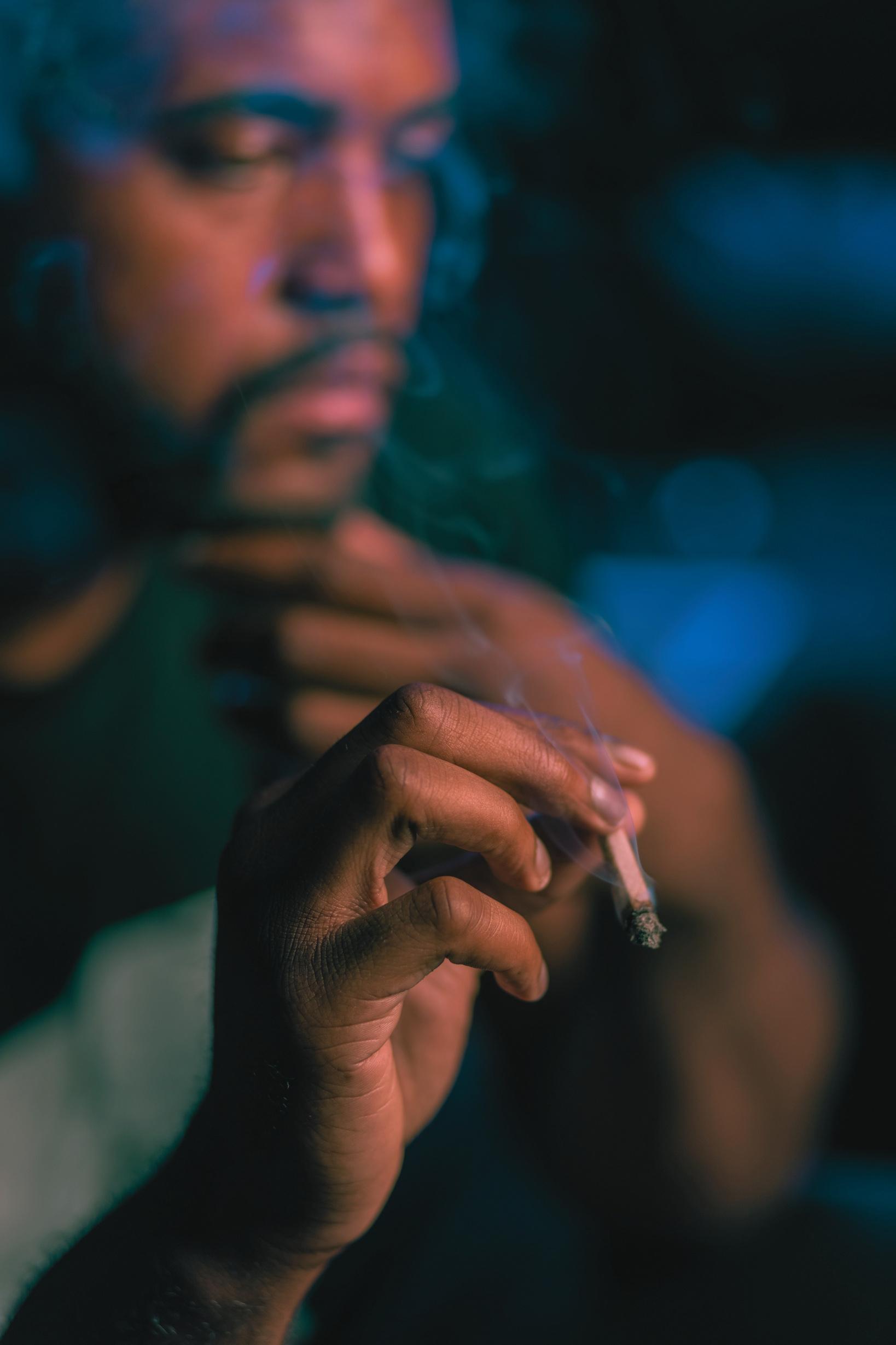
4 minute read
TRAINING FOR CANNABIS TOLERANCE
Tolerance. What a word. It has positive connotations; it also has negative. If you consume cannabis… you probably understand or need to understand how tolerance affects your consumption and every once in a while, consider taking a break if the desired results just don’t seem to be what they used to be. Regular consumers understand this phenomenon and are accustomed to navigating its pitfalls but for a new user, it can be frustrating, especially in a budding market like Oklahoma.
Getting results from cannabis isn’t usually the issue, it’s getting the results in a way that is sustainable and beneficial to the consumer over a prolonged period of time without waning effects. So, what can be done?
Advertisement
Start by listening to your body before, during, and after consumption. Cannabis lovers use a variety of methods to narrow down the medicine of choice, but paying attention is key. For instance, one consumer reported that a particular cultivar did not have any noticeable psychoactive effects but relieved his chronic back pain. After some research, he discovered the cultivar tested THCa instead of the expected THC – leaving him with no head high and more importantly no back pain. Happy accident?
Another noticed the “purples” were not particularly effective for him and caused his migraines to increase. Subtle differences in our “favorite strains” are the most detectable. The flavor or smell are the traits most consumers distinguish. “That Wedding Cake doesn’t taste like the last batch, ” or “I know what Bubba Kush does, and this ain’t it. ” Our senses tell us when something isn’t right – which is useful during cannabis tolerance training.


1
There are resources available to assist consumers with their training, one of my favorites includes the book CBD: A Patient’s Guide to Medicinal Cannabis by Leonard Leinow and Juliana Birnbaum. They suggest starting with lower doses and “ … increase the dose every 3-4 days. The body has an ability to adjust and acclimate, and after 4-6 weeks, patients will be able to tolerate very high doses without as many psychoactive side effects. ”1 Of course, “very high doses” are relative.

Cannabis tolerance training is not without its risks and this or any other training program may result in too much or too little effects, though hopefully revealing an amount that is just right. As with any training program, consult a professional before and during the process.
Additional tips to consider:
There may come a time when tolerance to cannabis requires more and more to achieve the desired results. At this point, the consumer might consider taking a tolerance break (aka quitting for extended periods).
This presents a variation in suggested break timeframes and methods because again, one size doesn’t fit all. There are resources available online – search “T-Break” and several options will be available. Highlights include: selecting optimal timing of break, reducing temptation by removing your stash, informing friends and family of the break, and continuing or starting alternative self-care techniques.
Know the profile (cannabinoid/terpenes) of the cultivars or products.
Make mental or physical notes of dosages and effects.
Start with a low dose and make incremental changes.
When possible, start tolerance training on days off.
Incremental changes can tilt the scale towards “too much” –try to have a trusted soul nearby.
Talk to your doctor about adding cannabis to your health routine, especially as it relates to your current medications. Example: Medications for the blood pressure may need to be modified since cannabis has the ability to lower blood pressure.
What works for one person with similar discomforts or ailments may be a good starting point, but keep in mind that variables such as weight, diet, medications, activities, and environment play a part in the equation.
If the thought of taking a break from the green goddess alarms you, consider this preventative option. Michael Backes along with Dr. Jack D. McCue as a medical editor, recommends “ … Use the minimum effective dose required to address the medicinal need, then set the shortest possible treatment course at that dosage, to reduce the chance of a patient developing dose-tolerance issues. ”2 As a nation, we are pretty rusty when it comes to utilizing cannabis for medicinal purposes, and it will take time and intention to unify before we can truly enjoy the views of a cannabis-enriched life. For now, it is up to the consumer to navigate through the trials and errors of cannabis consumption.
If you’ve benefited from cannabis, you know the bumpy road is something worth tolerating. Keep training.










